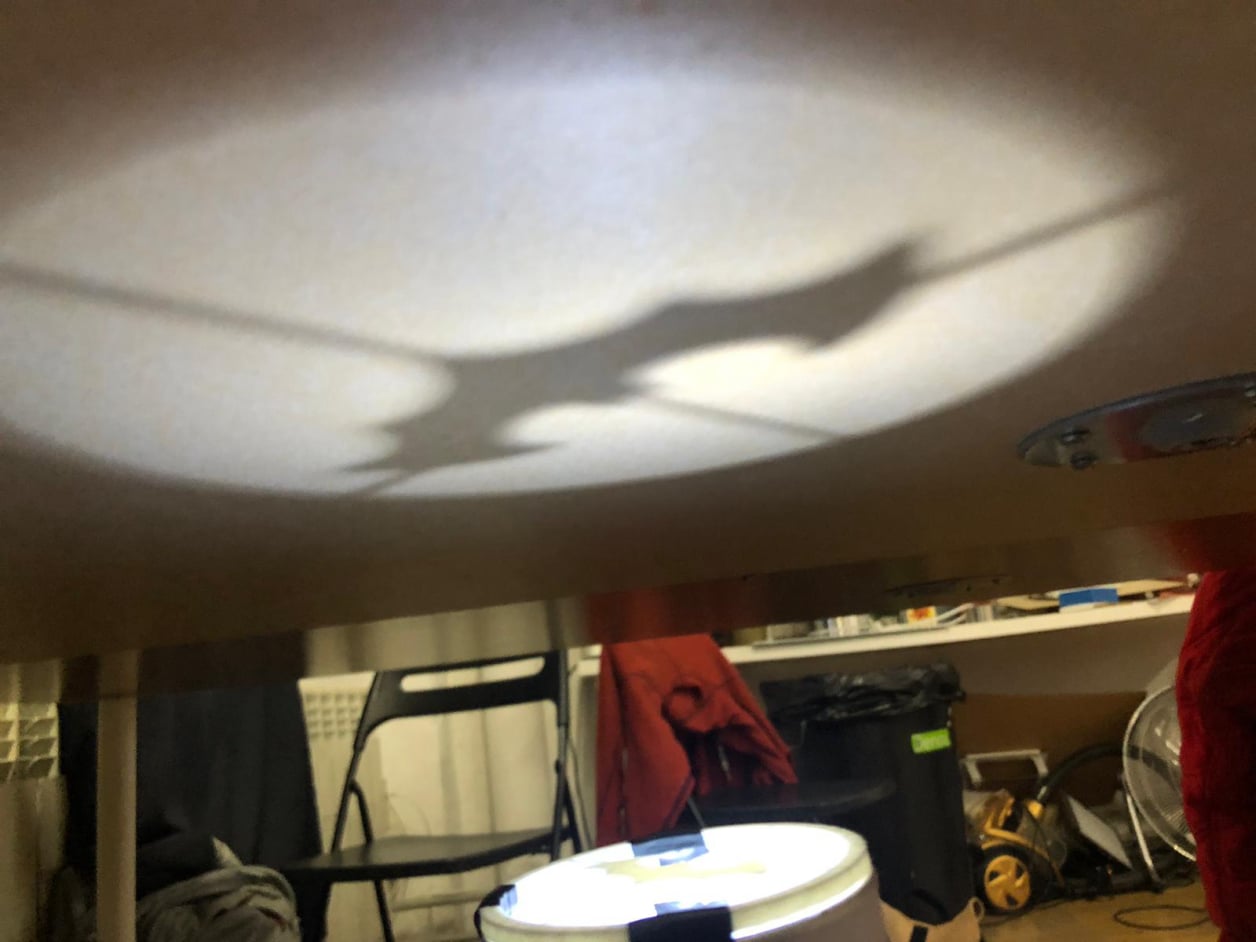We initially began brainstorming with our individual interests to sort out our project aim. Manuja's interests lie in biomaterials, solar energy and generating electricity through unconventional electronics. Flora's interests lie in exploring with electronics, human and non-human collaborations and diffusion of knowledge. Once we brainstormed a few ideas, we landed on the concept of wanting to generate electricity using any type of waste heat. After multiple discussions and brainstorming ideas, we know our purpose statement - How might we develop an installation that effectively utilises the difference in heat energy or uses waste heat energy to drive an interactive digital visualisation. Please keep reading to see how we managed to fail multiple times without even realising that we succeeded in one of those failures.
TEG
A thermoelectric generator is a device that converts heat energy directly into electrical energy through the Seebeck effect. This effect occurs when a temperature difference is applied across a semiconductor material, causing a voltage difference and thus generating electricity. Thermoelectric generators are often used in situations where there's a temperature gradient available, such as in waste heat recovery, portable power generation, or spacecraft. They offer advantages like reliability, silent operation, and suitability for small-scale applications.

Our visual installation
We then 3D printed a batman sign and made it a glow torch out of the battery that we powered using heat energy. It was a fun little installation after a stressful physical electrical installation.
Working with the thermoelectric generator (TEG) this week was both challenging and rewarding. Our objective to generate electricity unconventionally using waste heat was intriguing, but it turned out to be more complex than anticipated. The process involved numerous failed experiments, leading to a considerable amount of stress. Despite the setbacks, perseverance and experimentation ultimately paid off.
We explored various heat sources and attempted different configurations with multiple TEGs, yet encountered consistent challenges and similar outcomes. It was a trial-and-error process that demanded patience and adaptability. However, through persistence and ingenuity, we managed to achieve success by utilizing a strong stove induction to power the battery.
One of the highlights was successfully powering the battery up to 3.65V with just one TEG. This accomplishment showcased the potential of our approach and provided a foundation for future exploration. Additionally, creating a visual installation by lighting up an LED bulb, culminating in a playful batman sign, added an element of fun to the project.
Reflecting on this experience, I realize how much I've learned throughout this module. Working with concepts that were previously unfamiliar to me challenged me to expand my understanding and problem-solving skills. Despite the initial frustrations, overcoming obstacles and achieving our goal was immensely gratifying.
Looking ahead, I'm excited about the prospect of further developing this concept into a sustainable solution. By refining our techniques and exploring new possibilities, we can harness waste heat more efficiently and contribute to environmentally friendly energy generation. This project has sparked my curiosity and motivation to continue exploring innovative ways to address energy challenges in the future.
Best AI Website Maker